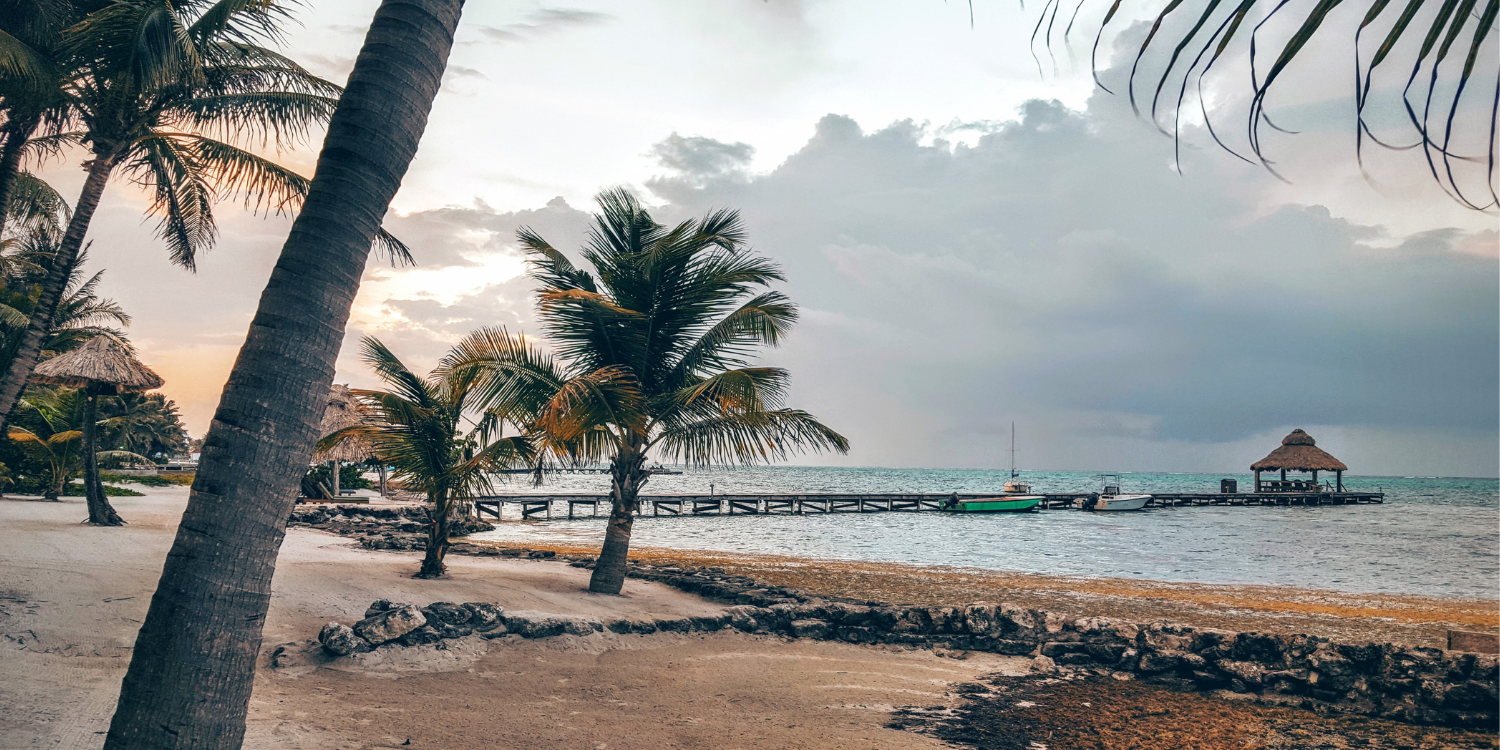
Spotlight On Belize
With holidays abroad quickly becoming tinged with environmental guilt for some, finding space to enjoy all that world travel has to offer while being socially responsible can be quite a tough juggling act. Rather than letting overwhelm set in, planning trips around destinations that have stellar eco-credentials (or are actively working towards them) is a good way to avoid the guilt when a stay-cation just won’t cut it.
Better options are out there for those who do care about their carbon footprint (and let’s face it - we can’t afford to ignore this any longer), case in point: Belize. Ranked in both the 2018 The Environmental Performance Index (EPI) ratings and the Ethical Traveller’s top 10 destinations, Belize is currently carving out a niche for itself amongst discerning, eco-conscious travellers.
Nestled between the infinitely more bustling Mexico and Guatemala, Belize is more than just a beach bum’s paradise. Seemingly not content with having infinite white beaches, crystal-clear waters and a vast range of exotic wildlife to see, 36% of this small Central American country enjoys protected status and is well on its way to being the place to go for a luxurious eco-retreat.
Made up of a series of Cayes (an island on a coral reef), Belize’s focus on sustainable, luxury tourism is a far cry from the packed-out beaches in Mexico. Oscar-winner and environmental activist, Leonardo Di Caprio, has even bought one of the Cayes in order to carry out a restoration project and is even opening up a climate-change research station and off-grid housing along with his own hotel resort in 2020.
So how has Belize managed to claim a stake at the eco-leaders’ table? Despite being under British rule until it gained independence in 1891, the Belizian government saw the value in protecting its varied landscapes, adopting sustainability efforts early-on to preserve networks of forests, reefs, beaches and jungles.
When it comes to animal conservation, Belize has managed to protect one of the largest troops of howler monkeys known to be living in Central America, providing them with their own refuge. You can visit the Baboon Community Sanctuary and visitor’s centre to meet these amazing creatures simply by following the carefully laid out trails leading from the local villages on your own or accompanied by a specialist naturalist. Another interesting take on wildlife conservation comes in the form of the ‘Eat ‘em to beat ‘em’ campaign - a drive to promote Lionfish on menus across the country in a bid to reduce the number of invasive species damaging the balance of indigenous fish and sealife.
Fed up of bad air quality and constant traffic? The lack of cars (and therefore pollutants) are a big draw on most of the islands, with golf buggies being the preferred method of transportation. You can cart yourself through beautiful Ambergris Caye (the largest and most developed of the Cayes) to the city of San Pedro - probably one of the only city’s in the world with no car traffic. Here you can take your pick of beaches, saddle up to one of the many beach-front bars and sit, toes in the sand, watching the palm trees sway before heading to your choice of luxury eco-accommodation.
Ka’ana resort has been paving the way for the luxury eco traveller in Belize for several years. Located right next door to breathtaking Mayan ruins, this eco-lodge offers local cookery classes and sources most of its food from its own organic farm. For true unabashed luxury, Chaa Creek is the only way to go. Hidden away on the banks of the Macal river, you can slip away in a kayak for a day of adventures from your front door. While being one of the more expensive experiences on the island, you can enjoy the beautiful surroundings safe in the knowledge that 10% of each guest stay is contributed to local sustainability projects aimed at reducing the negative impacts of tourism.




Leave a comment
This site is protected by hCaptcha and the hCaptcha Privacy Policy and Terms of Service apply.